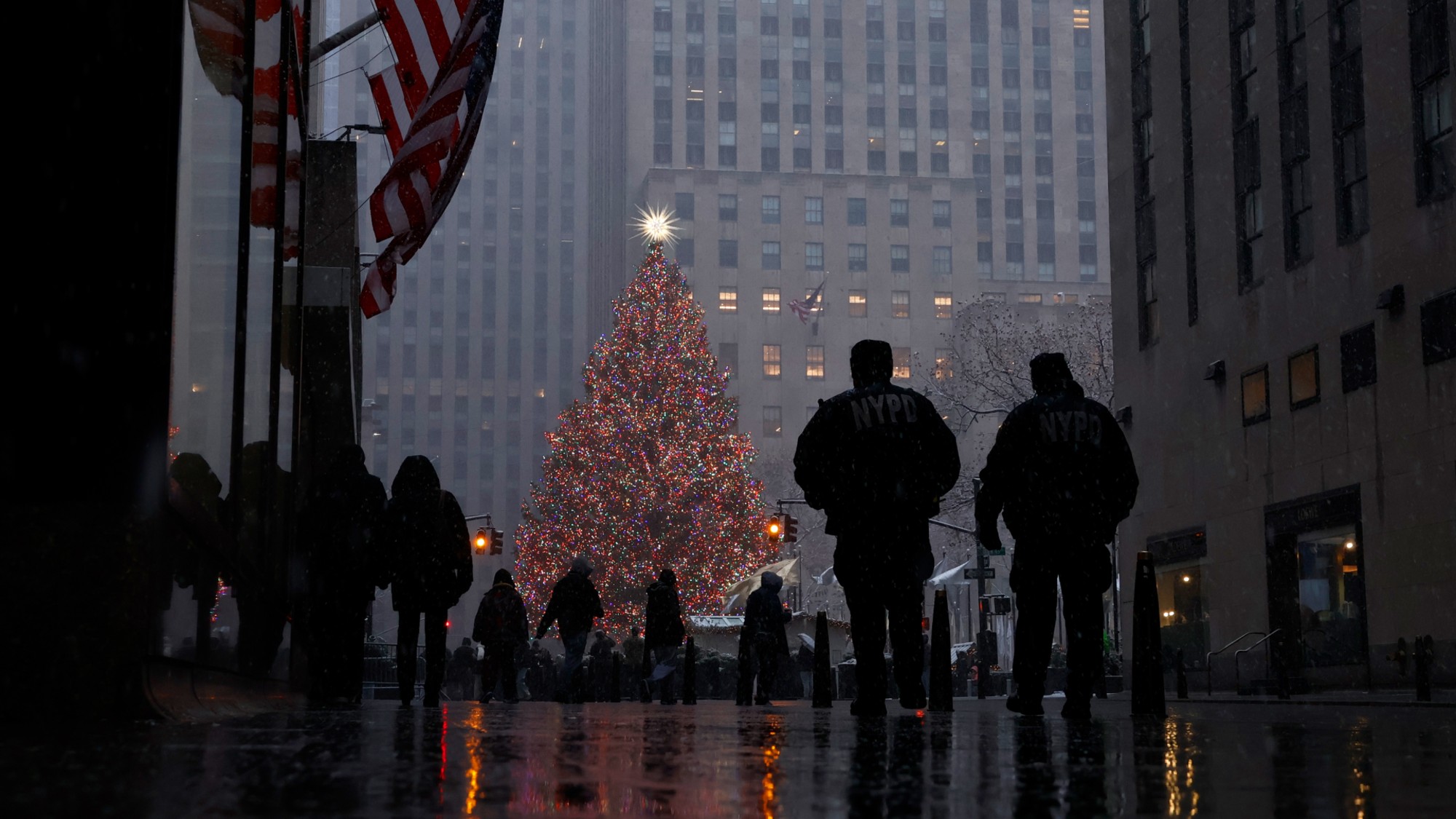A vaccine requirement for work?
And more of the week's best financial insight

Here are three of the week's top pieces of financial insight, gathered from around the web:
A vaccine requirement for work?
Can your employer require you to get the COVID-19 vaccine? asked Jena McGregor at The Washington Post. As yet, there's no clear answer. Employers can mandate that their workers get a flu shot — with some exceptions. People with "qualified disabilities," for instance, are shielded by the ADA unless a vaccination is "considered a medical examination that is 'job-related and consistent with business necessity'" or is "necessitated by a direct threat." Those who have religious objections are also protected by Title VII of the Civil Rights Act. Regarding a COVID-19 vaccine, "employers are still waiting for specific guidance." Adding to the uncertainty is that the coronavirus vaccine will first be available under an "emergency-use authorization" rather than a full FDA license.
The Week
Escape your echo chamber. Get the facts behind the news, plus analysis from multiple perspectives.

Sign up for The Week's Free Newsletters
From our morning news briefing to a weekly Good News Newsletter, get the best of The Week delivered directly to your inbox.
From our morning news briefing to a weekly Good News Newsletter, get the best of The Week delivered directly to your inbox.
DOJ sues Facebook over H-1B visas
The Department of Justice sued Facebook last week, alleging that the tech giant gave preferential treatment to immigrants, said Timothy Lee at Ars Technica. The H-1B visa provides a temporary pass for "highly skilled" workers at a U.S. company; employers can then "ask for permission to offer the immigrant a permanent job." But the employer is required to "first advertise the job to see if any Americans are available" who qualify. The DOJ says Facebook "made a mockery of these requirements," declining to advertise for the positions on its website or accept online applications. It even listed an opening in the print version of the San Francisco Chronicle but left it off the paper's website. Despite an average salary of $156,000, out of 1,128 legally mandated ads, 81 percent elicited no response, and 18 percent got just a single applicant.
The shrinking U.S. labor force
Roughly 3.7 million workers have left the U.S. labor force since February, said Gwynn Guilford and Sarah Chaney Cambon at The Wall Street Journal. While the unemployment rate has fallen by more than half, to 6.9 percent, since spring lockdowns were lifted, that data "overstates the health of the labor market." The labor force participation rate, or the share of Americans 16 years and over who are working or seeking work was 61.7 percent in October, down 1.7 percent since the pandemic began. That rate is nearly the lowest it has been since the 1970s, "when far fewer women were in the workforce." Many women have been pushed out of the labor market, and unemployed Boomers are quitting the search and retiring.
A free daily email with the biggest news stories of the day – and the best features from TheWeek.com
This article was first published in the latest issue of The Week magazine. If you want to read more like it, you can try six risk-free issues of the magazine here.
-
 How climate change is affecting Christmas
How climate change is affecting ChristmasThe Explainer There may be a slim chance of future white Christmases
-
 The MAGA civil war takes center stage at the Turning Point USA conference
The MAGA civil war takes center stage at the Turning Point USA conferenceIN THE SPOTLIGHT ‘Americafest 2025’ was a who’s who of right-wing heavyweights eager to settle scores and lay claim to the future of MAGA
-
 The 8 best drama movies of 2025
The 8 best drama movies of 2025the week recommends Nuclear war, dictatorship and the summer of 2020 highlight the most important and memorable films of 2025